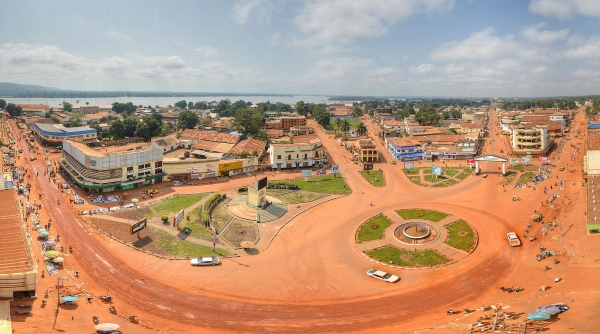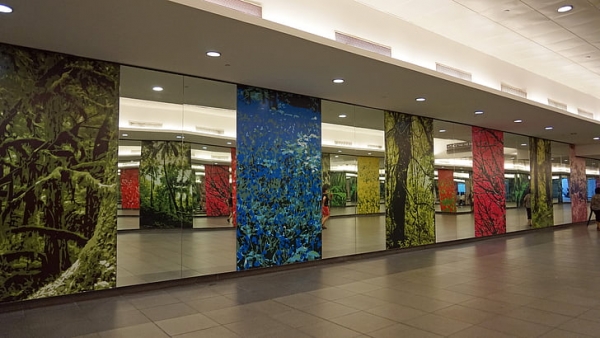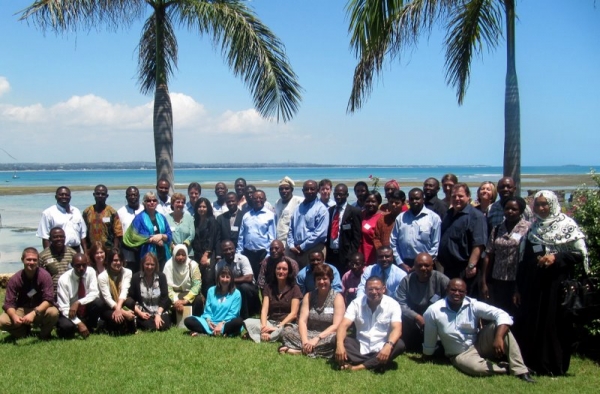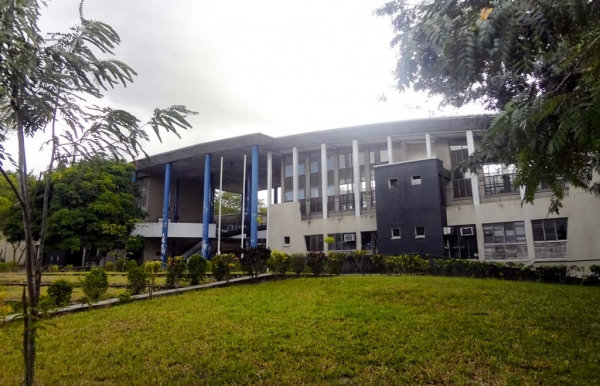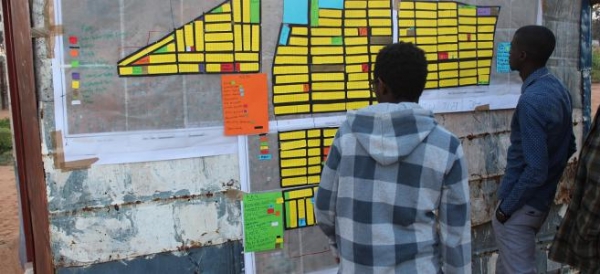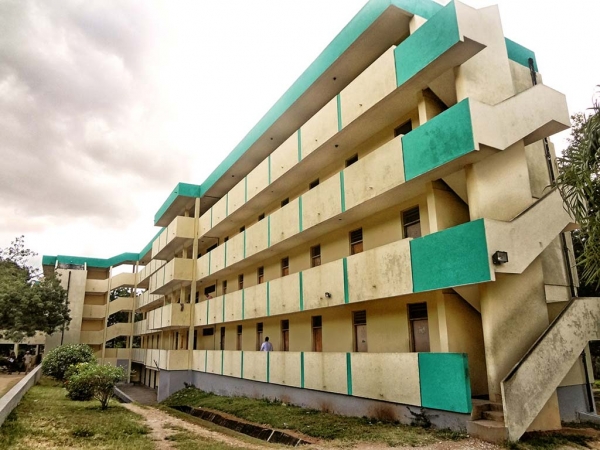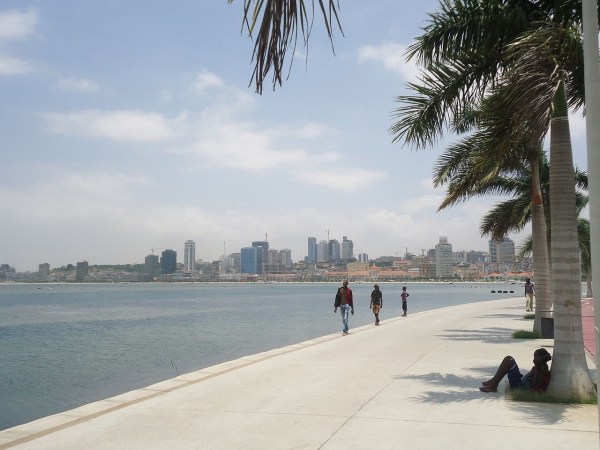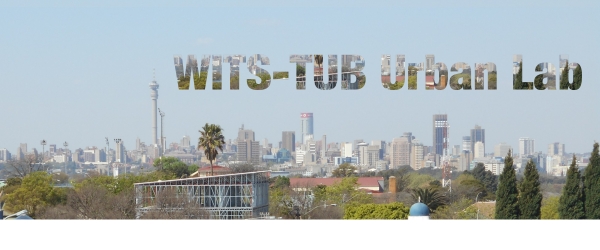The Kenya partnership of Slum Dwellers International (Kenya Affiliate) and the Centre of Urban Research and Innovations (CURI) at the University of Nairobi (UoN) launched and commenced field activities for the Kitui learning studio in the first quarter of 2016.
The studio is part of a broader collaborative programme implemented by Slum Dwellers International and the Association of African Planning Schools under a Memorandum of Understanding (MoU) signed between the two organizations “to promote initiatives, plans and policies which encourage pro-poor and inclusive cities and towns in Africa”. Through this framework, the partners have previously implemented similar studios in Kenya, Malawi, Tanzania, Uganda and Namibia.
The ongoing collaborative studio programme is financed by the Cities Alliance through their 2014 Catalytic Fund (CATF), under the theme ‘Creating Momentum for Change through Innovative Information Generation and Engagement at the City Level in Africa’. Besides Kenya, there are three other learning studios running under this fund in Namibia, Zambia and Uganda.
The learning studios are designed to build partnerships between informal settlement residents, local planning schools, and the decentralized or devolved government.
Drawing from past experiences, the Kenya partnership designs and executes these studios in a way sets a foundation for future engagement, in order to build on the positive outcomes that stakeholders find important to sustain over a longer period, beyond the planned studio period. This is interpreted as a strategy to manage community expectations that arise during the studio process. In doing so, more sustainable platforms of co-production and collaboration among various stakeholders are nurtured, where in some contexts such platforms are entirely lacking.
The Kenya partnership has been working together on similar projects, including a studio in Mathare Valley and undertaking joint research in Mukuru informal settlement in Nairobi. Previously, these projects focused on individual informal settlements, and as observed, they also targeted informal settlements located in Nairobi, Kenya’s largest city.
However, following the access to CATF, the Kenya partnership has scaled-up its focus to the municipality-wide scale, and has introduced studio activities to intermediate cities, the first being Kitui. It should be noted that intermediate cities and small towns dominate the geographical distribution of urban centers (in terms of their numbers) in Kenya, and their increasing aggregate population is significant in reducing Nairobi’s primacy - the city accounted for 33 percent of Kenya’s urban population in 2014. For example, Kitui is the administrative capital and the largest urban centre of Kitui County, with a population reported as 109,568 people during the 2009 Kenyan census.
Kenya’s intermediate cities like Kitui face similar challenges - though at a different scale - as those experienced by the large cities. Such challenges include: inadequate or even total absence of formal urban planning and design, inadequate infrastructure and housing, environmental degradation and urban sprawl, informal settlements, and weak urban economies. Nevertheless, these towns are anticipated to feature prominently in the structural transformation expected to result from urbanization in the country and counties, but only if they are well planned and managed. Among other factors, this serves to justify the renewed focus on intermediate cities and small towns.
From October to December 2015, the Kenya partnership engaged in preparatory activities for the implementation of the Kitui learning studio. This resulted in a joint work plan for engaging the informal settlement communities and the county government of Kitui. Besides the overarching objectives of training planning students and enhancing community participation in planning, the Kenya studio will also contribute towards generating basic data on the informal settlements of Kitui (in the form of a baseline survey), engaging stakeholders in developing a concept for town-wide informal settlements strategy, and mobilizing stakeholders in participatory planning sessions for select precincts in order to demonstrate various planning and design options for intervention. The studio will also focus on various aspects of the town’s informal economy and will build on the various ongoing planning and development interventions in the town.
On 5 February 2016, the partnership held a meeting with the Kitui County Ministry of Lands, Infrastructure and Urban Development, with the aim of introducing the studio to government and thereby seeking buy-in from the devolved government. This meeting was a major milestone for the studio. Led by the Chief Officer in charge of lands, infrastructure and urban development, the Ministry welcomed the project and pledged to support the process, including assigning a planning officer as a ‘focal point’ for the studio. The county government pointed out the relevance of the studio to strengthening community participation and the collaborative environment for government-community engagements for improving informal settlements and in enhancing equitable urban development overall.
After the successful meeting with the county government, the studio team embarked on mobilizing communities and preparing for collaborative data generation. This culminated in the formation of community planning teams and a data collection exercise that ran for two weeks from 7 to 18 March, covering the five major informal settlements of the town (Kalundu, Majengo, Kunda-Kindu, Mjini and Mosquito), other ‘pockets’ of informal settlement, as well as major market areas, including street markets. The two-week exercise actively involved the participation of planning students; academic staff of the University of Nairobi; SDI-Kenya urban planners, community leaders and research assistants; the studio facilitator; as well as young planning professionals (acting as studio assistants); all acting in consultation with the county government’s focal point officer.
The fieldwork entailed training community members, who later teamed up with students to form joint field teams to administer household questionnaires and profile questionnaires for settlements and markets; settlement mapping, photography and sketching; interviews with key informants; and targeted focus group discussions. Before fieldwork commenced, students had also reviewed relevant background information, including documentation of recent planning processes in the town.
The benefits of this critical phase of the studio accured not only to students, but also to community members. Among other lessons, students were exposed to practical (often untaught) and diverse issues of the country’s urban context. For instance, they witnessed the fact that what is often referred to as ‘informal settlement’ - areas often generalized by images of shacks - is indeed non-existent in Kitui. Rather, sub-standard housing characterized by brick walls and an evidently heterogeneous spatial-economic landscape defines what are regarded as informal settlements in the town.
The community members were also part of the learning process. A number of community members supporting the data collection had their first opportunity to interact with geographical information such as satellite images and maps; a process that evidently impacted on their perceptions of what urban planning means to informal settlements. And it was evident that the focus group discussions facilitated deeper engagement on various issues facing the communities and the town as a whole.
After the successful joint data collection exercise, the studio will proceed to the data analysis phase, and then on to compilation of the lessons learnt, all as a basis for preparing for data engagement between the communities and county government.
By Baraka Mwau, Studio Facilitator




